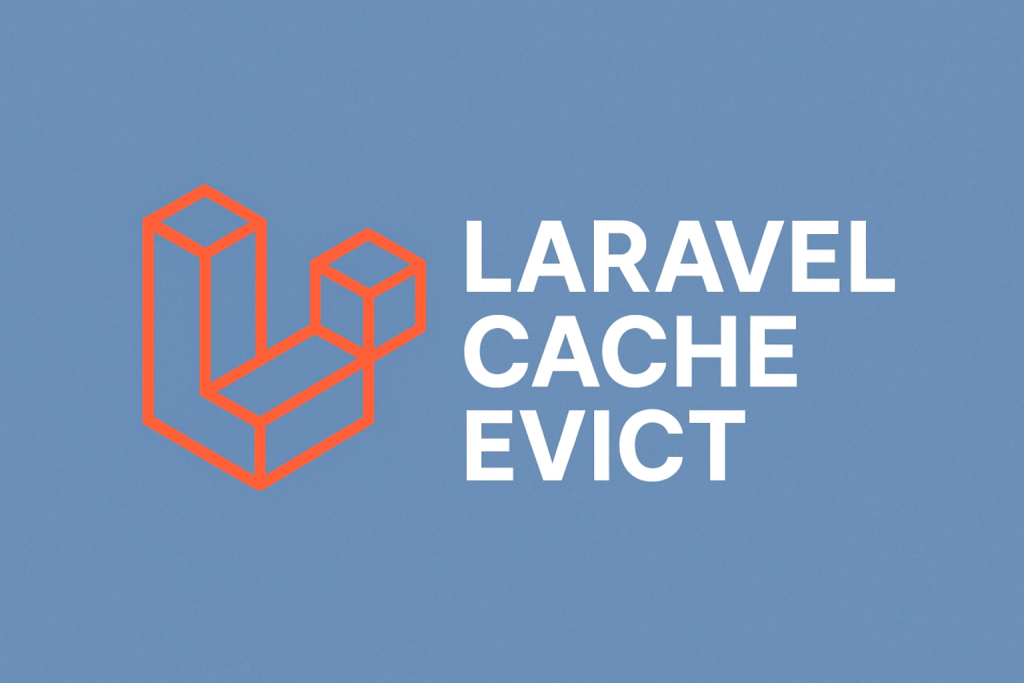
Efficiently Remove Expired Cache Data in Laravel with Cache Evict
Caching is a fundamental aspect of web application performance optimization. In Laravel, caching helps reduce database queries and speeds up response times. However, managing cache storage efficiently is crucial, especially when dealing with expired cache data. This article explores how to efficiently remove expired cache data in Laravel using the Cache Evict package.
Understanding Laravel’s Cache System
Laravel provides a unified API for various caching systems, including file, database, Redis, and Memcached. By default, Laravel does not automatically remove expired cache entries from storage, particularly when using the file or database cache drivers. Over time, this can lead to unnecessary storage consumption and potential performance degradation.
Introducing the Cache Evict Package
The Laravel Cache Evict package, developed by Vincent Wong, addresses this issue by providing a command to remove only expired cache items. Unlike the default php artisan cache:clear command, which clears all cache data indiscriminately, Cache Evict targets only expired entries, preserving valid cache data and maintaining application performance.
Installing Cache Evict
To integrate Cache Evict into your Laravel application, use Composer:
composer require vectorial1024/laravel-cache-evictThis command installs the package and makes the cache:evict Artisan command available for use.
Using Cache Evict
Once installed, you can run the following command to remove expired cache entries:
php artisan cache:evictThis command targets the default cache store defined in your config/cache.php file. If you have multiple cache stores and wish to target a specific one, specify the store name:
php artisan cache:evict fileThis flexibility allows you to manage expired cache data across different storage mechanisms effectively.
Automating Cache Eviction
To ensure regular cleanup of expired cache data, you can schedule the cache:evict command using Laravel’s task scheduling feature. In your app/Console/Kernel.php file, add the following to the schedule method:
protected function schedule(Schedule $schedule)
{
$schedule->command('cache:evict')->daily()->runInBackground();
}This setup schedules the cache eviction process to run daily in the background, maintaining optimal cache storage without manual intervention.
Customizing Eviction Strategies
Cache Evict supports custom eviction strategies, allowing developers to define how expired cache items are identified and removed. This is particularly useful when dealing with custom cache drivers or specific application requirements.
To register a custom eviction strategy, create a class that extends Vectorial1024\LaravelCacheEvict\AbstractEvictStrategy and implement the necessary methods. Then, register your strategy in a service provider:
use Vectorial1024\LaravelCacheEvict\CacheEvictStrategies;
public function boot()
{
CacheEvictStrategies::registerDriverStrategy('custom_driver', CustomEvictStrategy::class);
}This approach provides granular control over cache eviction processes tailored to your application’s needs.
Benefits of Using Cache Evict
Implementing Cache Evict in your Laravel application offers several advantages:
- Selective Cache Clearing: Removes only expired cache entries, preserving valid data.
- Storage Optimization: Prevents accumulation of stale cache files, conserving disk space.
- Performance Maintenance: Reduces potential performance issues caused by bloated cache storage.
- Automation: Integrates with Laravel’s scheduler for regular, automated cache maintenance.
- Customization: Supports custom eviction strategies for specialized use cases.
Conclusion
Efficient cache management is vital for maintaining the performance and reliability of Laravel applications. The Cache Evict package provides a targeted solution for removing expired cache data, ensuring that your application’s cache storage remains clean and efficient. By integrating Cache Evict and leveraging Laravel’s scheduling capabilities, you can automate cache maintenance and focus on delivering a seamless user experience.
Pro Tip: Regularly monitor your application’s cache storage and adjust eviction schedules as needed to align with usage patterns and performance metrics.
